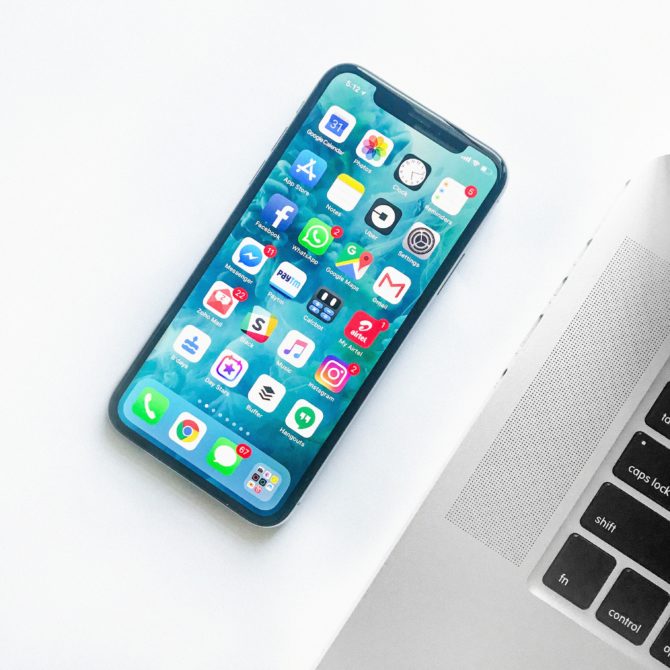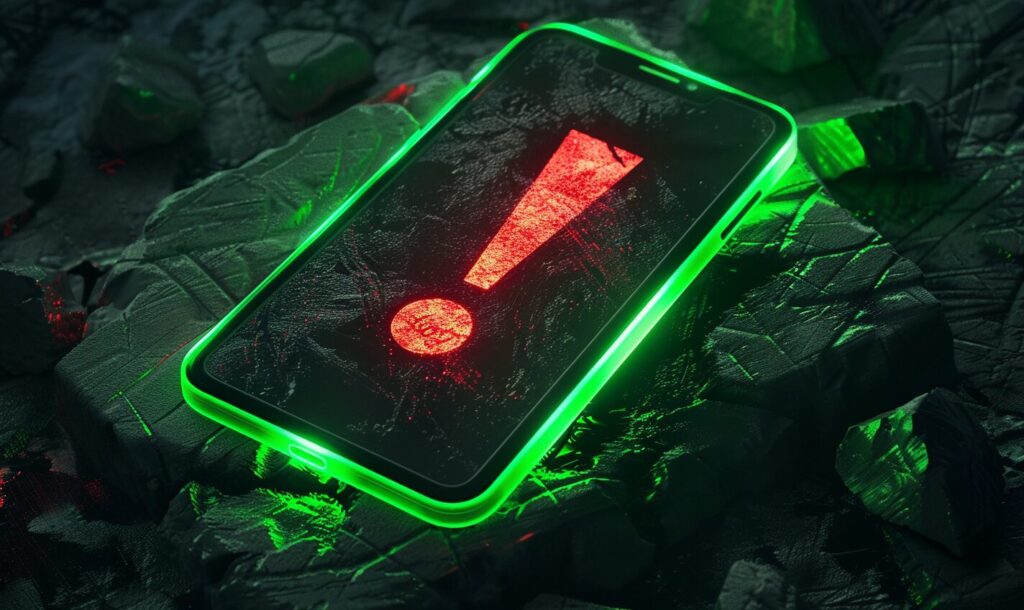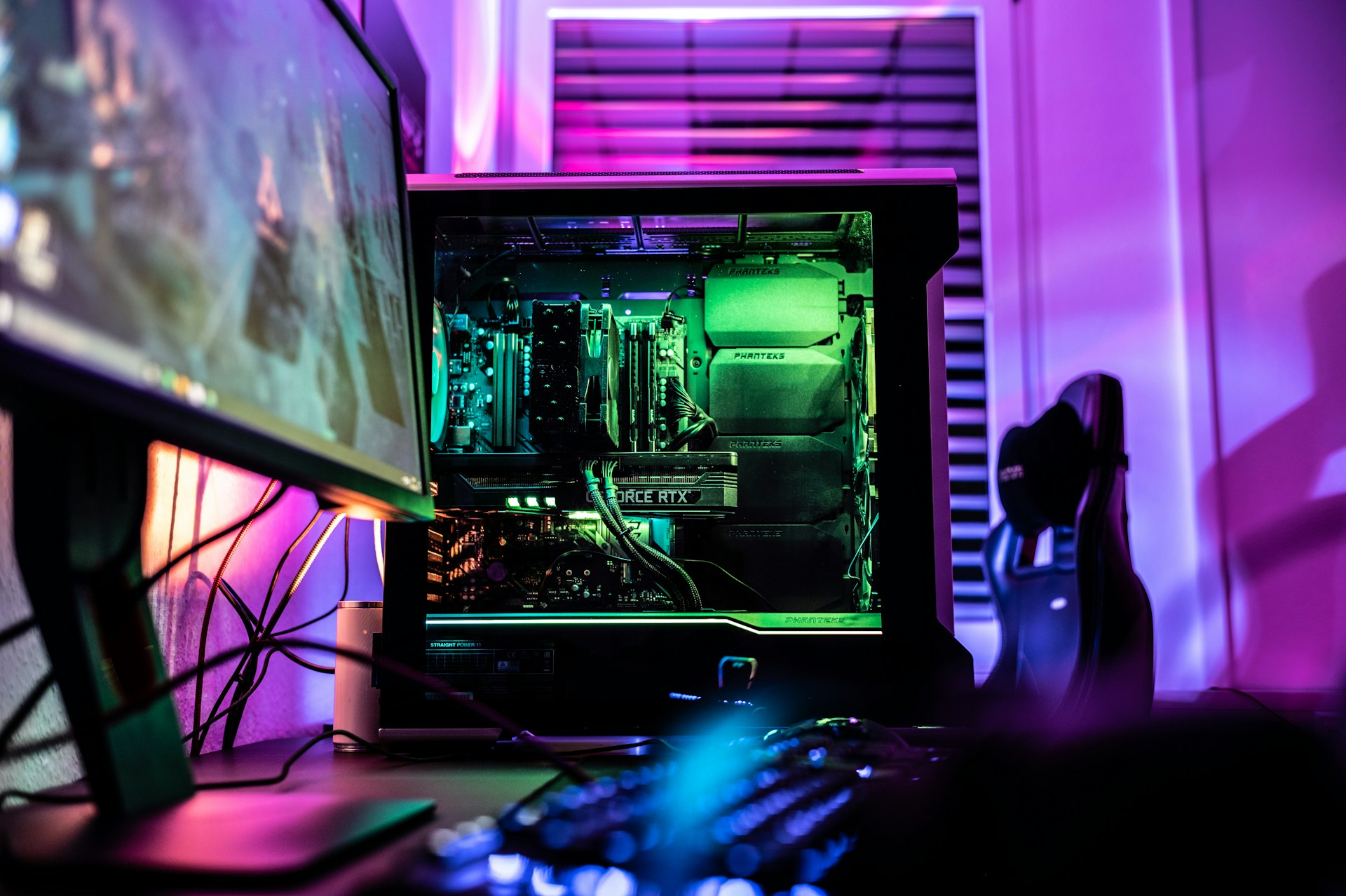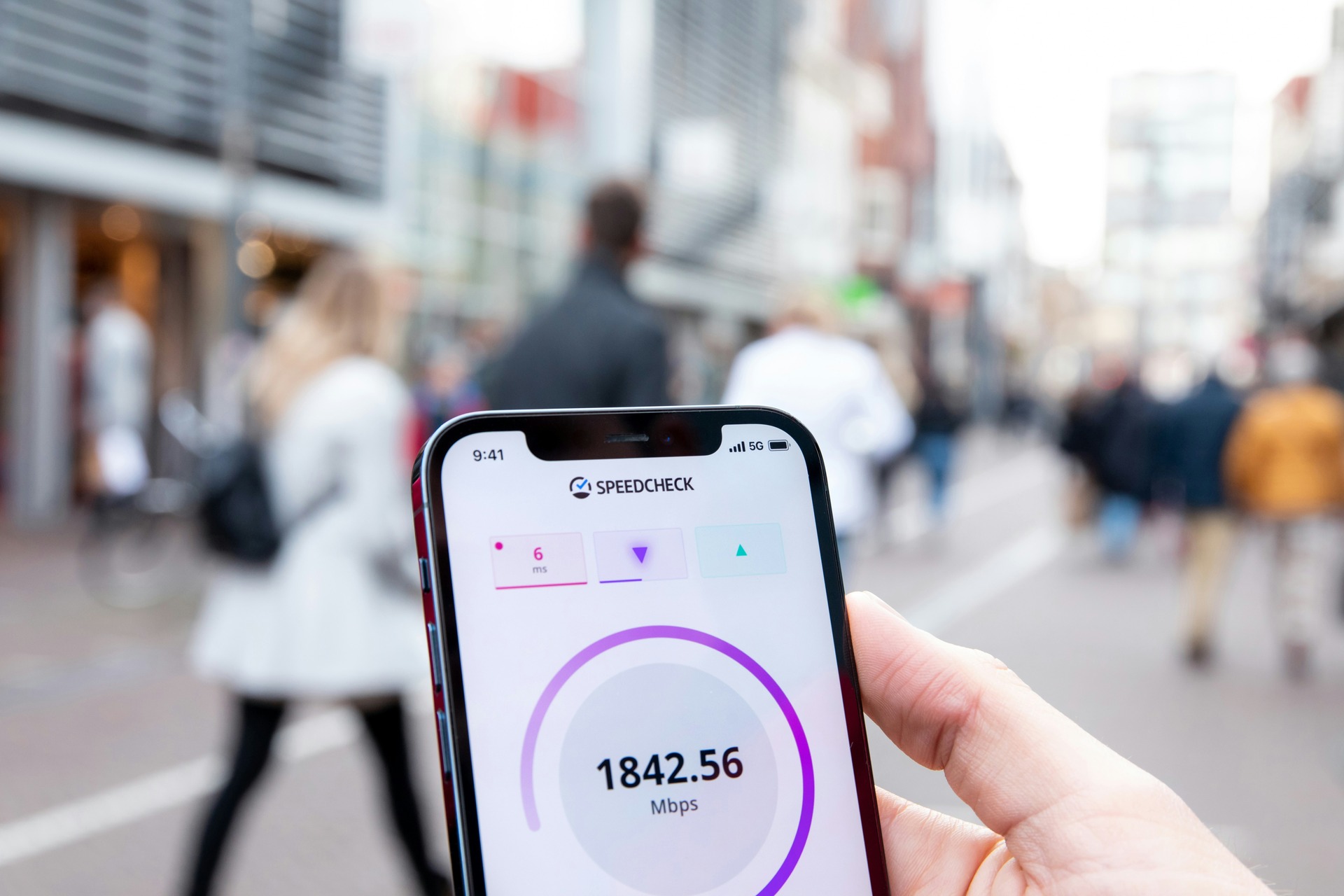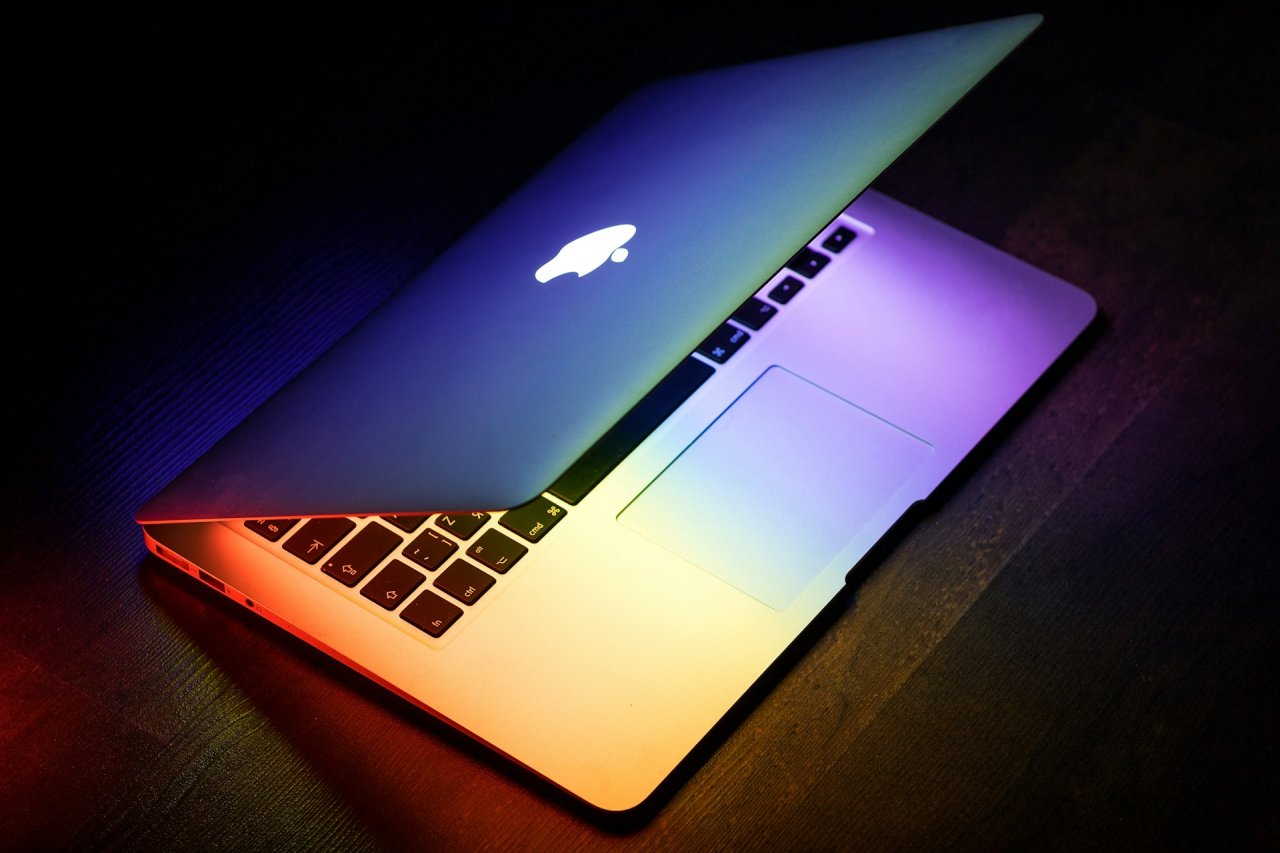Learning how to lock an app on the iPhone is a great way to protect your data. Although iOS lacks a feature to let you lock apps individually, there are workarounds you can employ to lock an app of any kind.
Locking First-Party Apps
First-party iPhone apps are those created by Apple, specifically Mail, Calendar, Notes and others that come with every iPhone. A method to lock first-party Apple apps involves navigating to Settings -> General. Then, scroll down and tap ‘Restrictions,’ and then tap ‘Enable Restrictions.’ You’ll be prompted to enter a new passcode and confirm that passcode again. It can be as easy as that to lock an app that’s first-party.
After enabling restrictions and entering a new Passcode, you’ll have some new options available. Under the ‘ALLOW‘ subheading, you can now disallow first-party apps. Swiping the green toggle icon to ‘Off‘ will prevent an app from appearing on your Home screen. While this process isn’t exactly an app lock method, it essentially does the same thing in preventing others from easily accessing the program.
Under the ‘ALLOWED CONTENT’ subheading, you can also set parental controls. The ‘PRIVACY‘ subheading furthers this protection by preventing changes from being made to the privacy settings, like the activation status of Siri. You can even adjust Volume Limit under the ‘ALLOW CHANGES’ subheading.
These strategies work for first-party apps and functionality, though you’ll need another approach for other apps, such as third-party password protection or locking apps via Guided Access.
Locking Apps Via Guided Access
A method that locks any app involves accessing Guided Access. This route can come in handy if your child wants to use a particular app, but you’re fearful of them exiting that app and doing something else.
Head over to Settings -> General again, then tap ‘Accessibility.’ From here, scroll down, tap ‘Guided Access‘ and swipe the toggle button to the green ‘On‘ mark. Tap ‘Passcode Settings‘ and then ‘Set Guided Access Passcode.’ Upon entering and confirming a passcode, you have enabled Guided Access. Access it by opening an app and pressing the Home button three times once it starts. iPhone X users can press the Side button three times for the same result.
After activating Guided Access and pressing the Home button three times within an app, a Guided Access start screen will come up. From here, you can draw a circle around the areas of the screen you want to disable. This option is useful if you want to limit access to a particular app, such as blocking access to a button or link that brings you to Safari.
You can also click the ‘Options‘ button in the bottom-right corner of the screen, which will disable the touchscreen and volume buttons for a set time limit up to 24 hours.
Using a Third-Party App for Locking
Beyond the native solutions for locking an app on the iPhone, some third-party apps can do the job. However, such apps may require “jailbreaking” your iPhone and bypassing Apple restrictions, which can create security vulnerabilities and issues with performance as well as prevention against future software updates.
If you’re fine with the risk, apps like Locktopus, BioProtect, and AppLocker can be installed using the Cydia platform, an app hub for jailbroken iPhones. Using BioProtect, you can navigate to ‘Settings‘ and ‘Applications‘ under the Protected Items subheading, then select which apps you want to lock.
Although third-party apps offer the easiest method to lock apps after the phone is jailbroken, the notion of jailbreaking your iPhone comes with a multitude of risks that may make the more step-driven Guided Access and first-party solutions more feasible.
Regardless of your method of choice, locking an app on the iPhone can provide a variety of safeguards. Whether you don’t want your child venturing beyond a specific app, or you want protection in case your phone is left in a public area, locking an app is a logical solution.
Recent Stories
Follow Us On
Get the latest tech stories and news in seconds!
Sign up for our newsletter below to receive updates about technology trends

